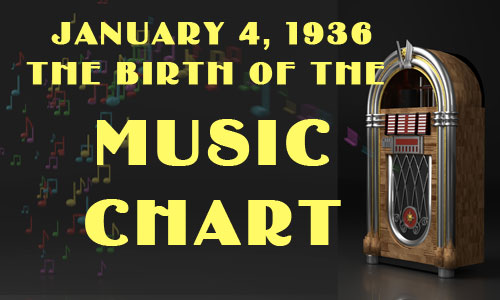
In 1900 it went from being a monthly magazine to weekly, and started to cover breaking news within the industry. Within a few years they covered bigger events like State Fairs, with brought about coverage of circuses and vaudeville shows. When they started covering entertainers, they created an in-house mail system for entertainers and their management. (This was before the era of POP CULTURE that really started in the 1920s)
By 1914, Billboard was the official/unofficial mailbox for 42,000 touring performers and management. They actually did that through the 1960s to an extent. But they also worked to have strong editorial content – professional style writing, regulations for vaudeville, and entertainment economic and social fairness, in addition to Music News.
When recorded music started being sold in the 1890s, there was one writer, named Jim Walsh, who wrote columns for a publication called Hobbies Magazine. As a devotee to the new medium of recorded music, he was (and is) a source for music of that era. In 1905, a magazine called Talking Machine World started listing the newest and upcoming records, and record labels copied that, but there was no organized Top Forty or even Top Ten Listing (yet).
In 1914, Talking Machine World started publishing lists of what the record companies called “Top Sellers” – not exactly reliable numbers. About this time, Billboard started publishing lists of the most popular sheet music, which is how most people still heard it- they played it at home. Record Players were expensive and radio didn’t really exist yet…
The Game Changer: The Jukebox
In 1929 Variety magazine started compiling reported sales of records and what radio was playing. About this time the Audiophone and what they called Amusement Machines became popular, by 1940 they became a what we called The Jukebox. With reported sales, radio playlists, and actual numbers from machine plays, we could start getting actual numbers as to what the most popular songs actually were.
On January 4, 1936, Billboard Magazine introduced The Music Hit Parade, (now the Hot 100) with a definitive #1 through 10, then 25, then Top 40, even 100.
That List Affected More Than Just Music
Music happened to be the first thing, we, as a culture kept track of. Today We list Movies, Books, TV Shows- The concept of A Top Ten List for public consumption. January 4, 1936 showed us more than just the first biggest hits chart – it provided us with a means comparative success. Before this lists were for shopping or To-Do Lists, and it was very seldom somebody’s priority list of anything could subjectively be compared to another.
The post History of The Music Charts appeared first on Hot Pop Songs.